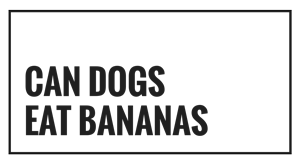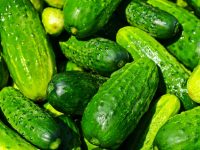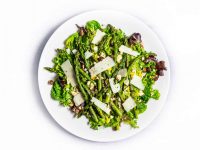The variety of mushrooms seems infinite. You’ve got shiitake, portobello… the list goes on. Perhaps you’ve got a picky eater in your family; that large supreme pizza you order on Friday nights leaves plates covered with picked off mushrooms. Well, what do you do with all those extra mushrooms? You look to your furry friend. Can dogs have mushrooms?
Well, yes and no. Like I said, the amount of different types of mushrooms is almost astounding. And, unfortunately, many of those mushroom types are poisonous–particularly the ones growing in backyards, parks, and gardens.
So, let’s take a deeper look at the mushrooms you can feed your pup, and the dangerous ones to keep an eye out for.
Can Dogs Have Mushrooms That Are Wild?
You’re out walking your furry friend in a wooded area and that precious pup of yours stops to sniff something. Next thing you know, they’re attempting to munch on a wild mushroom. Because, you know, that’s what dogs tend to do.
When you see your dog eat a wild mushroom, your initial reaction is to stop them immediately. And your right to do so.
Some people believe dogs have the ability to ‘sniff out’ toxic mushrooms and avoid eating them. This is not true. More often than not, that furry friend of yours likes to nibble on just about anything, whether it’s toxic or not.
If you ever catch your dog munching on a wild mushroom, the best course of action is to take them to the vet. According to The American Kennel Club, vets and mushroom experts believe mushroom poisoning is seriously under-reported in puppy poisoning cases.
What Mushrooms Are Dangerous?
While more mushrooms are edible than toxic, the ones that are toxic are very toxic. Because of this, any wild mushroom ingested by your dog should be a cause for concern. Let’s take a look at a list of the most dangerous wild mushrooms dog owners need to know about.
- Amanita phalloides
- A mushroom commonly known as the ‘death cap’ should be a cause for alarm in and of itself. This mushroom has the well known mushroom ‘cap’ atop its stem, and often appears with a yellowish color.
- To make matters worse, this toxic mushroom gives off a fishy odor that attracts your pup’s nose.
- Inocybe spp.
- The Inocybe mushroom grows on a long stem and has a brownish-white cap. The cap of this mushroom looks a lot like the straw hats worn by farmers in Vietnam. This mushroom is very toxic and also has that attractive, fishy odor that makes it even more dangerous for your pup.
- Gyromitra
- Known as the ‘false morel’ this toxic mushroom is found in the Northern Hemisphere. It’s a very strange looking mushroom. It almost looks like a tiny, purplish-brown brain or sponge.
Remember, it’s difficult to identify which wild mushrooms are toxic or edible. If your pup ever consumes a wild mushroom, call animal poison control or take your pup to the vet. It’s always best to play it safe and have peace of mind.
Why Can Dogs Have Mushrooms That Aren’t Toxic?
Now, a lot of edible human food isn’t always edible for your furry friend. However, non-toxic edible mushrooms make for a great treat for your pup.
However, we hardly eat mushrooms without smothering them in oil, garlic, or other seasonings.
Also, while your dog can eat the occasional seasoned mushroom, it’s best not to feed it to them too often. The oil is too fatty for your dog’s dietary needs, and dog’s don’t need a lot of salt in their diet.
Mush-Room For A Conclusion?
So, can dogs have mushrooms? They sure can, as long as the mushrooms are store-bought and edible. Keep an eye out for wild mushrooms growing in your yard or garden, and keep an eye on what your pup munches on when they’re in the yard, at the park, or strolling through the woods.
All in all, plain mushrooms make for a tasty treat, and are easy to carry around, so your pup certainly won’t complain. But there are other human food options that make for more beneficial treats, like carrots or broccoli.















